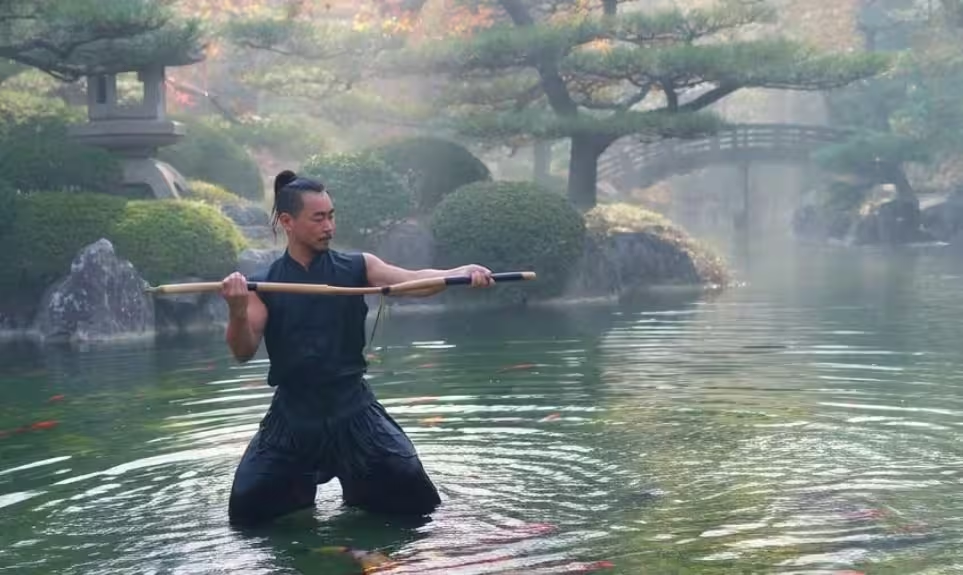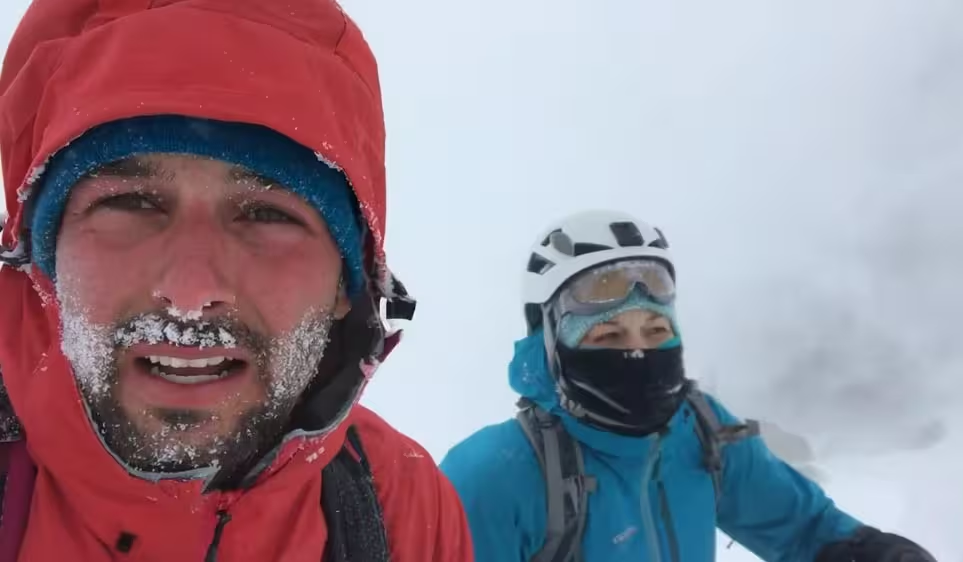4 Minutes
OpenAI has unveiled Sora 2, a major update to its audio and video generation model, and paired it with a new social app that feeds AI-created clips in a vertical scroll. The release promises more realistic motion and finer control — but also raises fresh questions about likeness, moderation, and monetization.
What’s new in Sora 2: improved realism and control
Sora 2 focuses on what OpenAI calls "world simulation," aiming to recreate physical motion and environmental behavior more faithfully than previous models. The company highlights improvements in how people move, how objects interact, and the model’s ability to follow detailed, multi-shot instructions. OpenAI acknowledges Sora 2 is not perfect, but says it better obeys the laws of physics and can generate varied camera angles or sequences from a single prompt.
The rollout includes examples that, OpenAI claims, were entirely generated by the model — including a simulated clip featuring a fabricated version of CEO Sam Altman. The demo underscores both Sora 2’s creative potential and the realistic deepfake risks that come with more convincing video generation.

A social feed built around AI-generated video
Alongside the model, OpenAI launched the Sora app: an invite-only social platform whose feed consists solely of videos created with the Sora video generator. The interface uses vertical scrolling and a recommendation system to serve up content tailored to users’ preferences. Creators can request the model to show specific styles, themes, or formats, and the app emphasizes creation over passive consumption.
One notable feature is "Cameo," which lets users record a short clip of themselves so the app can capture their likeness for use in generated videos. OpenAI says cameo usage is controlled by the user: you decide who can use your cameo, you can revoke access, and you can remove videos that include your likeness. However, the company also warns that other people may be able to use your likeness if you grant permission, raising obvious privacy and consent concerns.

Safety, limits, and future monetization
OpenAI says it is rolling out the Sora app "responsibly," adding controls aimed at well-being and younger users. Teen accounts will face daily caps on viewing and stricter rules for how their likenesses can be used. Users can also influence what appears in their feed by instructing the model about the content they want to see.
On monetization, OpenAI says there is no immediate plan to serve ads, but it expects to introduce paid options if demand outstrips available compute. The company’s stated approach: offer users the ability to pay to generate extra videos when capacity is constrained. OpenAI also notes it will communicate changes transparently as the app evolves.
Conclusion
Sora 2 marks a significant step in AI video and audio generation: more realistic motion, finer control, and an integrated social experience that invites widespread sharing of synthetic media. The combination of powerful generation tools and a vertical social feed accelerates both creative opportunities and ethical dilemmas. How OpenAI enforces consent, moderates content, and balances growth with safety will shape whether Sora becomes a new creative platform or a flashpoint for deepfake debates.
Source: openai
Comments
astroset
So one short recorded clip gives them your likeness — how practical is the opt out? feels legalistic more than protective
driveline
Cool tech, but cameo revocation sounds fiddly. What if a generated clip is copied elsewhere after you revoke access?
coinpilot
Red flags but also opportunity, as a creator i want better tools. Consent controls need to be rock solid tho, trust is earned
mechbyte
Vertical feed full of synthetic clips is inevitable, hope they invest heavily in moderation and transparency, not just UX
auto_r
Used DIY video ai before, results were messy. Sora2 looks cleaner but hands, lighting and weird reflections will still give it away...
DaNix
Smart to avoid ads for now, but charging for extra generate time risks making creative tools paywalled for many
skyspin
If teens get viewing caps fine, but how do they actually verify age? sounds easy to bypass, moderation is the real test
max_x
this is wild! excited but also a lil scared, cameo sounds cool until someone makes a fake of you 😬
Armin
Feels overhyped but okay, realistic motion is neat, tho showing a CEO clone in the demo was a weird flex
tripmind
Pretty balanced take, love the creative push but cameo consent feels messy, people will overshare then regret it later
labcore
I've worked with motion sims, the multi shot control could help animators tons, still the uncanny moments will need fixes
v8rider
Is this even ready tho? Demo looked slick but i'm skeptical — misuse seems easier than enforcing consent in practice
blocktone
Makes sense tbh, paid generation if demand spikes is fair, but who foots the bill for moderation and legal headaches?
atomwave
Whoa the Altman deepfake clip hit different, kinda thrilling and also lowkey terrifying. More realism = more responsibility, fast


Leave a Comment